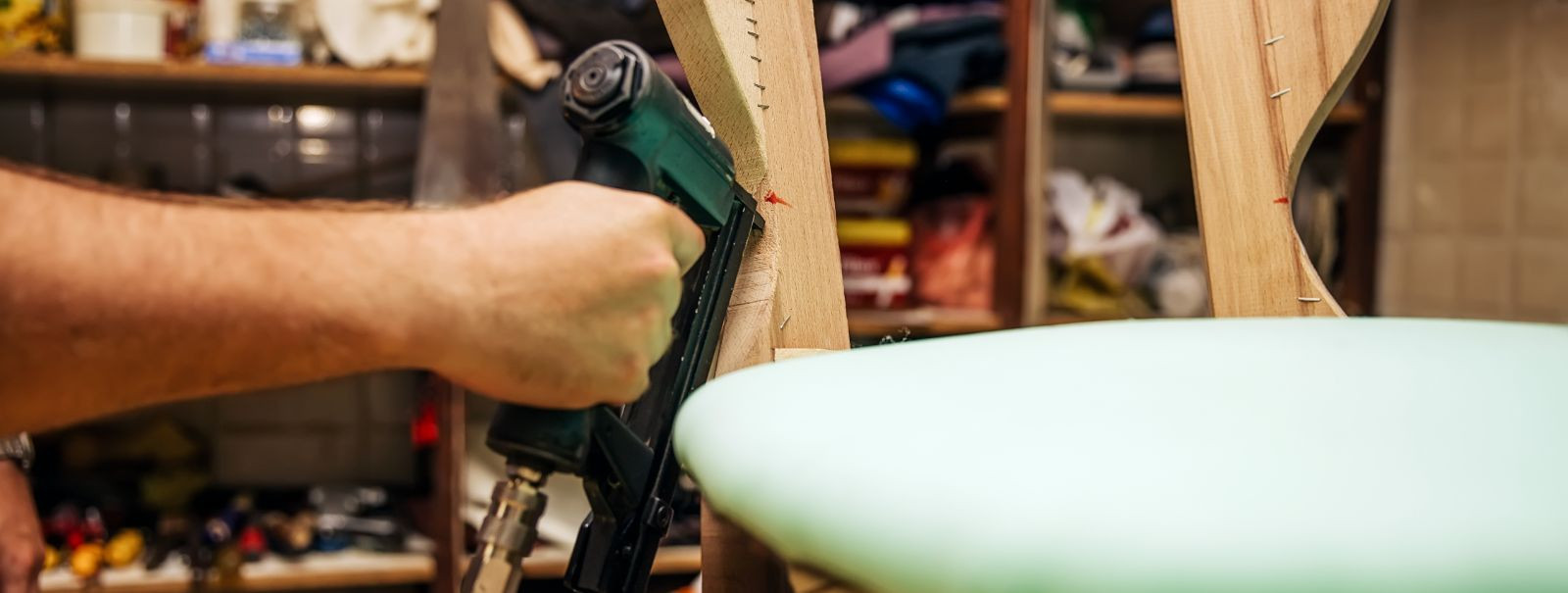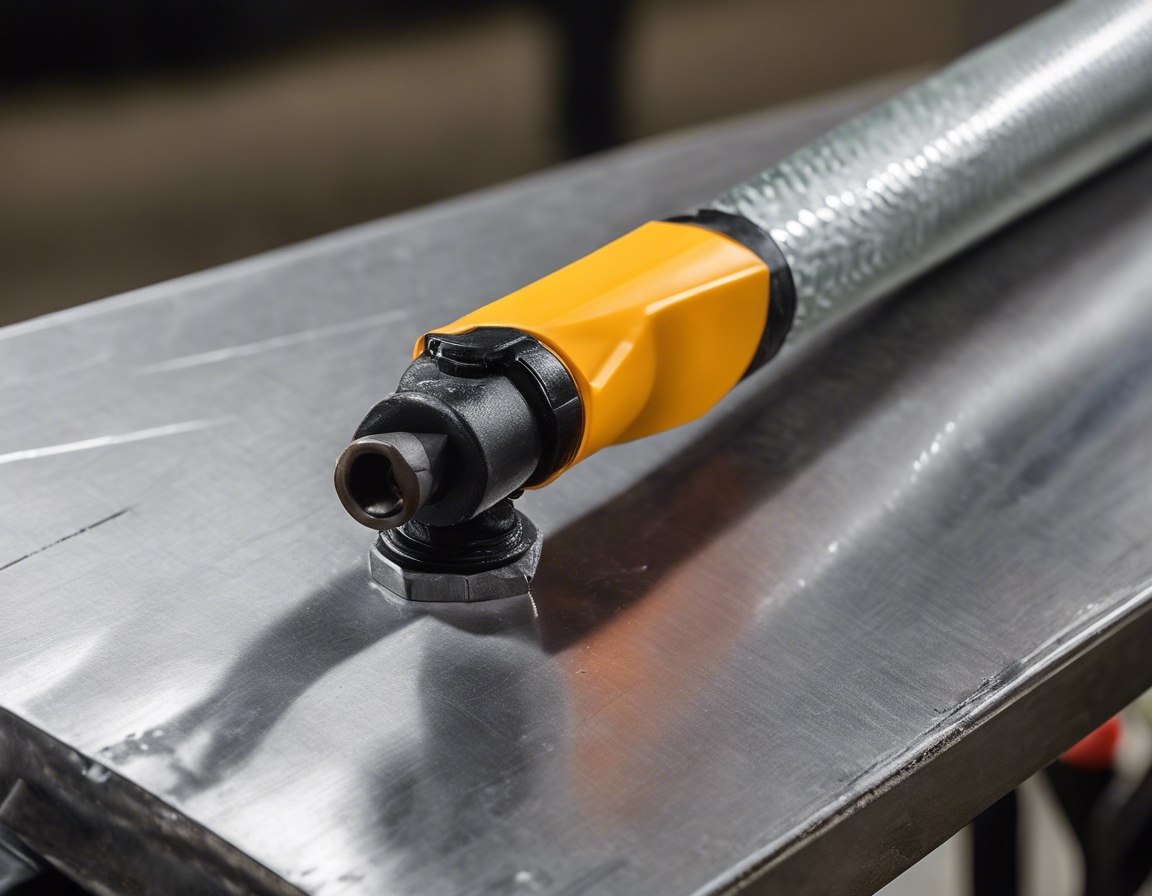The ultimate guide to paddleboarding for kids
Paddleboarding is a fantastic water sport that offers a blend of fun, fitness, and adventure, making it an ideal activity for children. It not only provides a full-body workout but also enhances balance, coordination, and concentration. In this guide, we'll explore everything you need to know to get your kids started with paddleboarding.
Paddleboarding is not just an enjoyable pastime; it's also packed with health benefits. It improves cardiovascular health, builds muscle strength, and promotes mental well-being. Moreover, it's a great way for kids to connect with nature and learn about the environment.
While there is no strict age limit for starting paddleboarding, it's generally recommended for children aged 6 and above, as they can better understand instructions and have developed a sense of balance.
Choosing the Right Equipment
When selecting a paddleboard for your child, consider factors such as the board's size, weight capacity, and material. Inflatable paddleboards are often recommended for kids due to their lighter weight and durability.
Alongside the paddleboard, your child will need a properly sized paddle, a leash for safety, and comfortable clothing that allows for movement and can get wet.
It's crucial to equip your child with a well-fitting life jacket or personal flotation device (PFD), and possibly a helmet if they're paddling in areas with rocks or other hazards.
Getting Started with Paddleboarding
Begin with teaching your child the basic paddle strokes, such as the forward stroke, reverse stroke, and sweep stroke. These will help them navigate the waters confidently.
Encourage your child to start by kneeling on the board to get a feel for the water's movement before standing up. Practice on calm, flat water to build their confidence.
Turning techniques are essential for steering the paddleboard. Kids can practice the pivot turn, which involves stepping back on the board and using a sweeping stroke to turn.
Paddleboarding Safety for Kids
Always check the weather forecast and water conditions before heading out. Teach your child to recognize signs of changing weather and the importance of paddling in safe, designated areas.
Discuss safety protocols with your child, such as what to do if they fall off the board or encounter a problem. Make sure they understand the importance of staying with their board and paddle.
Never let children paddleboard alone. Adult supervision is essential to ensure their safety and to assist in case of an emergency.
Fun Paddleboarding Activities for Kids
Introduce fun games like 'Paddleboard Tag' or 'Balance Challenges' to keep the activity engaging for kids.
Paddleboarding can be an educational experience as children can observe aquatic plants, fish, and birds up close.
Sharing the paddleboarding experience as a family can strengthen bonds and create lasting memories. It's a perfect way to spend quality time together outdoors.
Advanced Paddleboarding Techniques for Kids
As children become more proficient, they can learn how to paddle faster and with more agility. This can prepare them for more challenging waters or even races.
For competitive kids, participating in paddleboarding races can be an exciting goal. It encourages them to improve their skills and enjoy the spirit of competition.
Paddleboarding can be a gateway to other water sports such as surfing, windsurfing, or kayaking. It's a versatile activity that opens up a world of aquatic adventures for kids.





Kommentaarid (0)